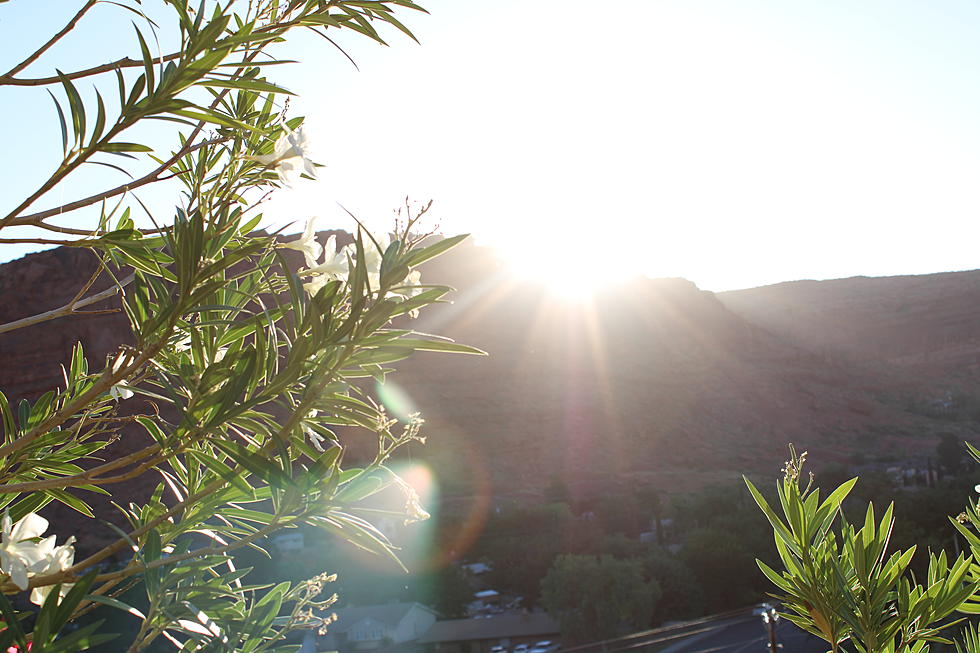‘Tis the season: Tips for avoiding wildlife collisions
It’s the time of year where drivers need to stay extra alert at dusk and dawn.
Mule deer migration and breeding continue as well as urban herds prepping for winter conditions.
“If people see them on the side of the road, sometimes they don’t slow down, but a lot of times they will just jump right in front of the car, but we slow down if we see them at all,” said Deborah Stauch of Bountiful.
Utah averages about 350,000 mule deer in the state.
Last year, the Division of Wildlife Resources reports about 7,000 carcasses were collected off the sides of Utah roads after vehicle versus wildlife crashes.
Right now, mule deer are more active migrating out of the mountains to valley locations to hunker down ahead of the change of season.
Deer are also in the rut, with breeding as the main priority.
“They are distracted and a lot of the times they are not paying attention the way they do during other times of the year, also as the temperatures get colder, they start moving to lower elevations,” said Matt Howard, the Utah Department of Transportation Natural Resource Manager.
Howard said drivers don’t get much of a warning this time of year due to fewer daylight hours, and speed is the main factor in wildlife versus car collisions.
“When they are driving in the dark, they can easily outrun their headlights, so if they are going over 55 or 65 mph, they won’t be able to react fast enough if they see a deer,” said Howard.
There are a few stretches of road that stand out when it comes to carcass pick up.
From Sandy to Lehi including city roads, there were 350 carcasses collected this year.
Also, the stretch between Perry and Mantua on US-89 saw over 160 carcasses for just ten miles and US-40 between Heber City and Duchesne with over 350 carcasses also stand out.
The Monticello area between Blanding and UT-211 has around 150 in 20 miles. With these numbers, drivers need to keep in mind tree-lined roads and shorter days limit visibility.
“Keep their heads on a swivel, make sure they are paying attention to everything going on,” said Howard.
The Division of Wildlife Resources also shared these tips for drivers:
- Be especially alert at dawn and dusk.
- Heed wildlife crossing signs.
- These signs are usually placed in areas known to have a high volume of wildlife/vehicle collisions.
- Be alert on roadways near wooded, agricultural and wetland areas and also near lakes and streams.
- Scan both sides of the road.
- Invite passengers to help watch for wildlife.
- Do not drive distracted. Put away food, phones, and other distractions.
- When possible, use high beam headlights to illuminate the road.
- Look for an animal’s eyeshine, which can be seen from a distance.
- Slow down once you have spotted an animal near the roadside.
- Some animals travel in groups, so be sure to watch for additional animals if you see one.
- Story provided by our news partners at ABC 4 News.
More From KDXU 890 & 92.5









